Kolleru lake is described as a large freshwater lake between Krishna and Godavari delta near the coastal part of Andhra Pradesh. Due to the rich biodiversity, especially of both the local and migratory birds, the lake has been declared as a wildlife sanctuary. The lake has also been indexed in the list of Ramsar wetlands of international importance. On my maiden visit to that region, contrary to the gained assumption, Kolleru did not appear as any continuous lake but as a collection of various natural and artificial lakes and wetlands over a large geographical area. The various sections of waterbodies were separated from each other by artificially elevated dividing lines, many of which also served the purpose of motorable and pedestrian roads to connect the villages and towns. Many parts of the wetland were intelligently modified to create the commercial fish and prawn tanks. While some of the compartments, especially those which were protected for the nesting of colonial waterbirds and for commercial fish farming, had plenty of water, in some others water had almost dried up and had become the grazing ground for domestic animals. It was certain that each and every block of the region was the part of a big natural wetland which had gone through many changes due to modification of the natural environment by the people of the region. Besides the fish farming, the cattle and crop farmings also appeared to be significantly contributing to the life of the people. During my time around the wetlands, the afternoons were hot and humid and the majority of human activities could only be seen during the comparatively pleasant early hours of the morning and late evening. Any form of interaction with locals was non-verbal as I did not know the Telugu language and the locals were not much aware of the Hindi or English. This photo-essay, ‘The Kolleru lake’, is a pictorial presentation of my first-hand personal experiences gained during my stay at Kaikaluru, a small town at Krishna district of Andhra Pradesh, where I got the opportunity to closely observe not only the parts of this wetland but also the life of the locals of this region.





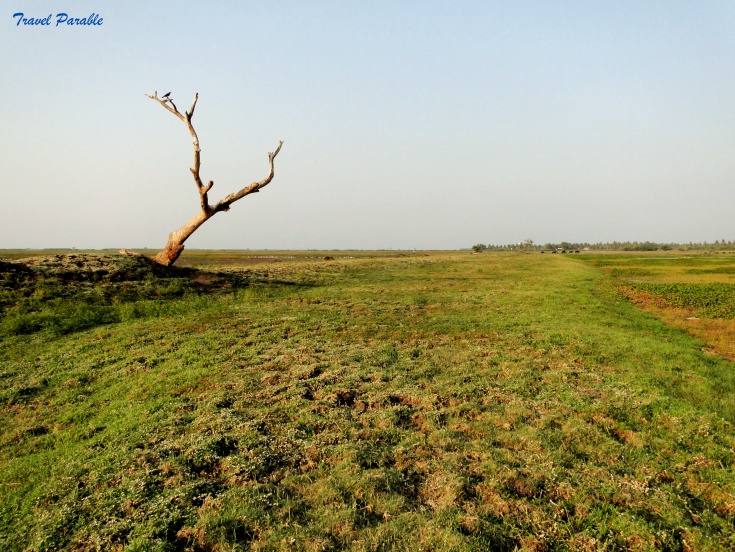























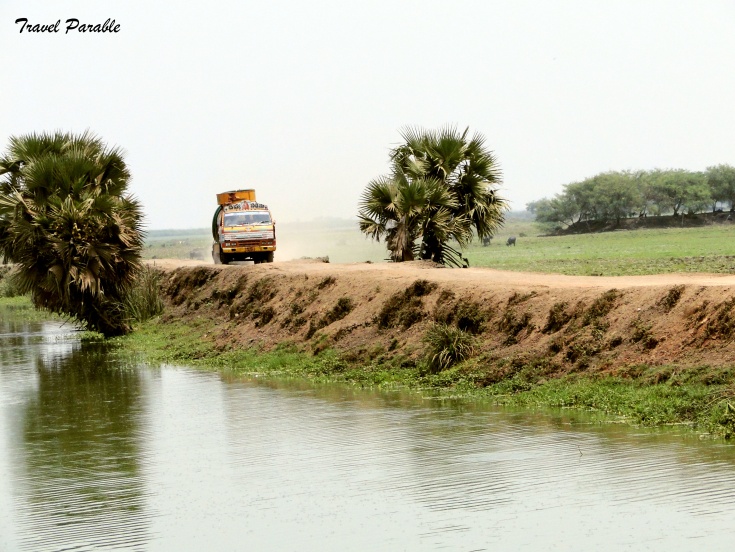

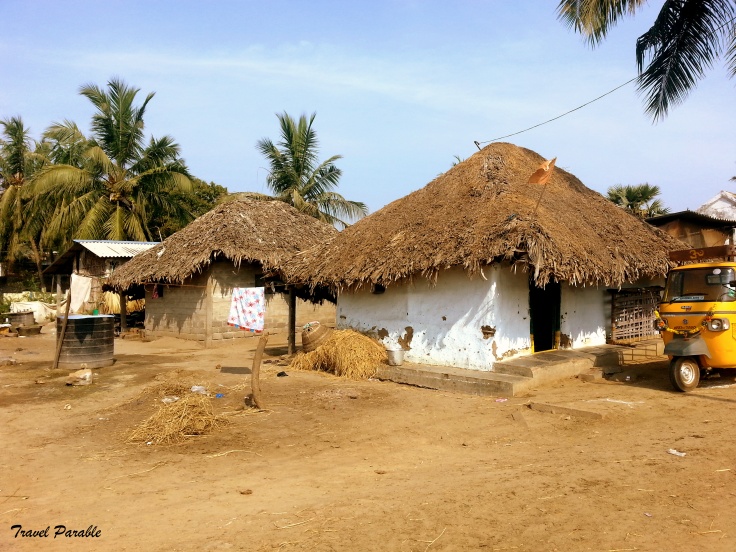
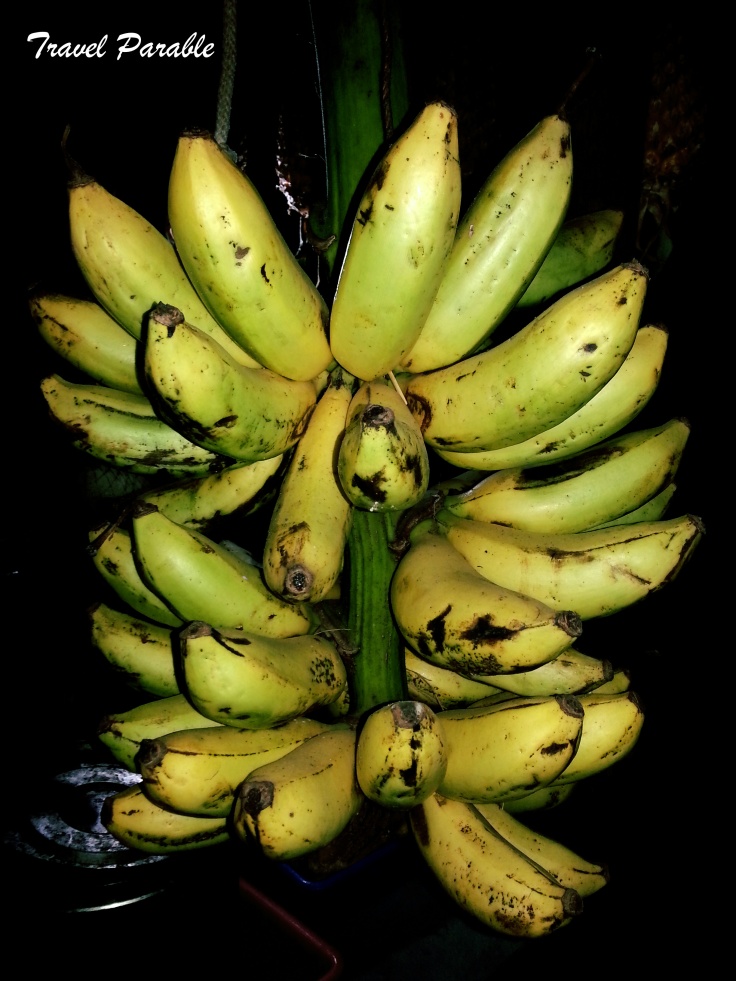

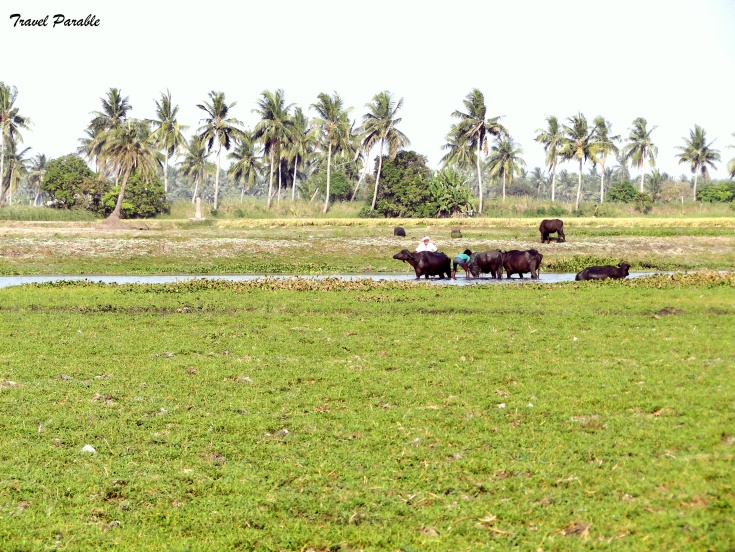










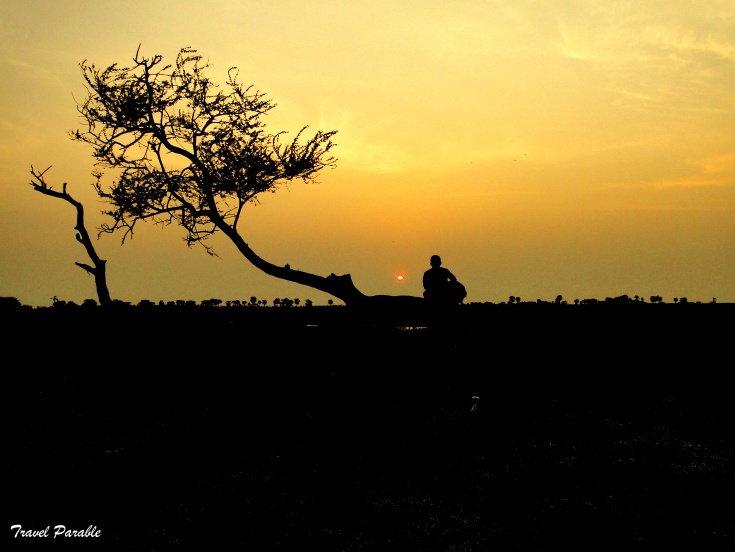
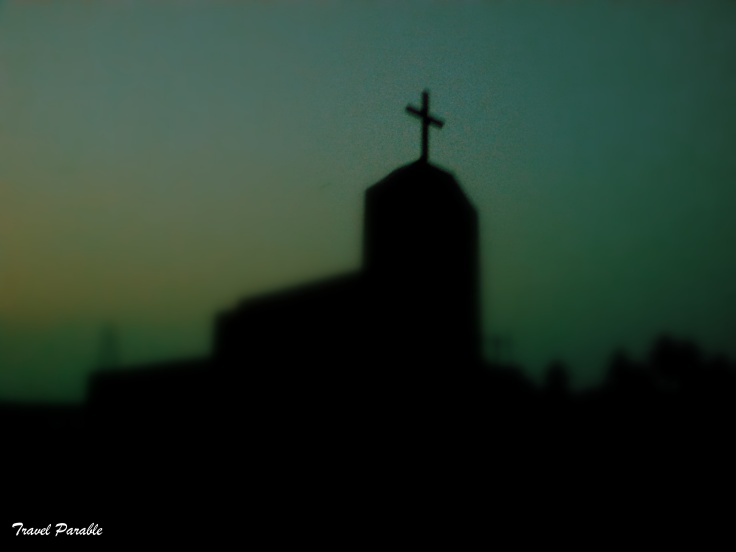
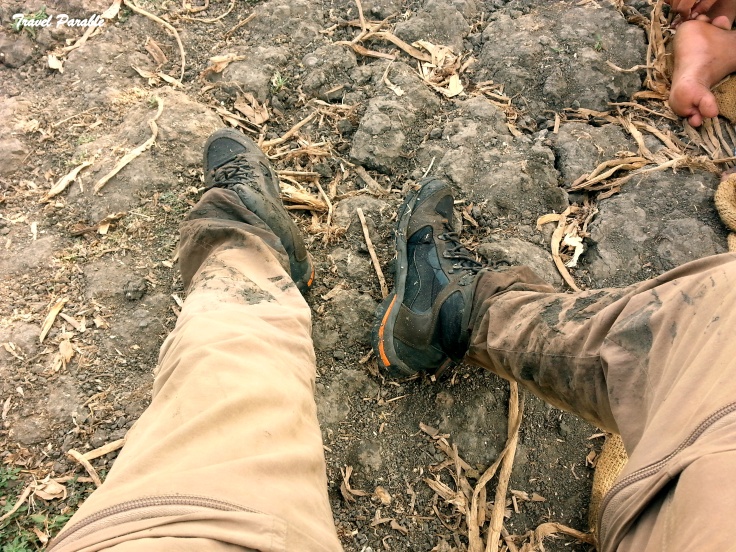


Good Going man
LikeLike
🙂
LikeLike
Wowww.. This photo essay is amazing. Beautiful content and so live images. 😀
LikeLike
🙂
LikeLike
Dear friend, thank you very much for sharing this travel adventure. Kolleru Lake is an interesting, beautiful destination, one that comes to life for me in your writing and professional photos. It is likely I would have lived my life without ever knowing of Kolleru lake if it were not for your travel there and beautiful documentation in your photos. Thank you once more for this gift. We send you best wishes from Panamá. Peace…..
Ron & Sashka
LikeLike
Dear Ron and Sashka. Thank you for your time and for your words 🙂
LikeLike
It’s good to know about this fascinating part of India – I’m happy to see the platforms for the pelicans, and all the storks (?) flying in the air – also that heron is very beautiful. You captured so many wonderful images – too many to single out, but the last six or so are really great. And what you write helps me to understand, too. Thank you! Greetings from America’s Pacific Northwest.
LikeLike
Thank you… This was the first time I saw artificial platforms for nesting birds, an act for conservation. The place I was around was full of Storks and Pelicans. for me the most interesting part was to see human wildlife conflict. Most of the waterbirds feed on fishes, which is a concern for fish farmers. It was an interesting relationship, and there were many Govt. rules to keep the balance between economy and wildlife. I heard that in favor of wildlife conservation, many of the fish tanks have been destroyed. At the same time, many of the fish tanks have also been equipped with modern facilities. Greetings from India.
LikeLike
As a photographer, I particularly like this post of yours. What a brilliantly told story in pictures! And what amazing part of the Earth! You are lucky to have it close to you…
I would just mention my favorite few: Alone and unique, The dusty road, Indian Pond Heron, Balanced, Observation can show extraordinary facets of ordinary (last two bring me some great memories back from time I rode a bicycle), The beauty of being alone and free…
Keep up your great work!
Sashka
LikeLike
Thank you Sashka. Greetings from India 🙂
LikeLike
It seems to be a quite fascinating place…
Nice job my friend!
Greetings from Athens, Greece.
LikeLike
It is a fascinating place. and also depends on the observer 🙂 Thank you.. Greetings from India 🙂
LikeLike
A beautiful photo essay
LikeLike
🙂
LikeLike
Thanks for a good exposure on a new place !
Pictures speaks for itself..good ones.. :):)
your choice of place is always unique.
LikeLike
😊😊 I hope to come with new stories of south india soon,
LikeLike
Beautiful article… It’s so much fascinating. My favourite image is unlimited dimensions.. you are living a true life
LikeLike
So natural. In images the whole area looks so calm… Very nice photography ☺️☺️
LikeLike
Your photography skills really makes your blog quite intriguing 🙂
Keep up the work.
LikeLike
Thank you ‘Asking minds’. Keep following for more .. ☺️
LikeLike
☺ 😍
LikeLike
😄😄
LikeLike
This was very interesting to read, and for me, sad as well. We have been fighting here in Florida (USA) to put our Everglades close to it’s natural form. The Everglades were originally over 3 million acres of wetlands and swamp, the only ecosystem of it’s kind in the world. Starting about 100 years ago, people began draining and drying out the swamp and wetlands to build homes and farmland. The result has been that the Everglades are now roughly 1/3 of their original size, and this has had a significant impact on our water quality as witnessed last year by the worst red tide and fish kills Florida has ever seen. Though that wasn’t 100% due to the water quality, that does factor in to it. It’s good to see that the local government in India is looking to conservation efforts. Mother Nature has spend hundreds of thousands of years perfecting our world.
LikeLike
I have read about Everglades in some research papers. But what you informed me is informative and sad. So true. Our world had evolved in hundreds of thousands of years, but modern human civilization has destroyed it in a few dacades. I hope people like you can make a difference. Earlier I did research work on painted storks. Wood storks of Florida are in same genus. I was really interested for observing the storks of Americas from close. I hope one day I will see the wetlands and Biodiversity of America. Thank you .
LikeLike
Beautiful images. I love your blog content. so live and inspiring 🙂 🙂
LikeLike
Beautiful post with such unique images. Really enjoyed reading through
LikeLike